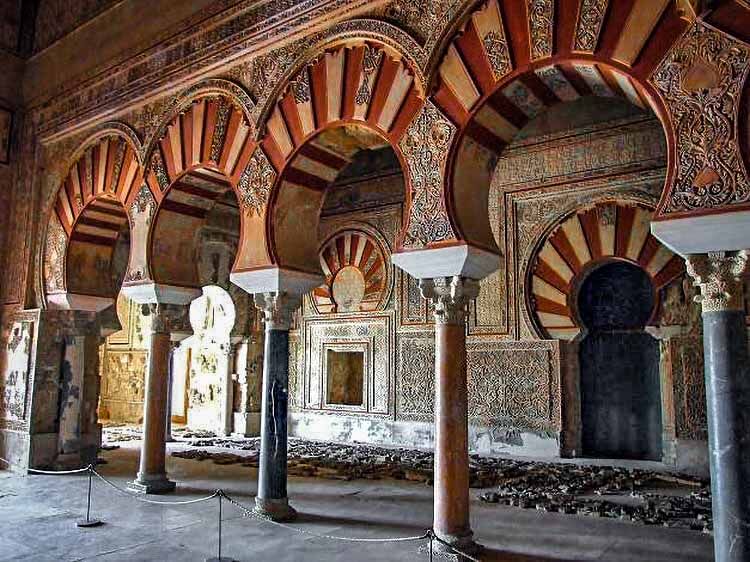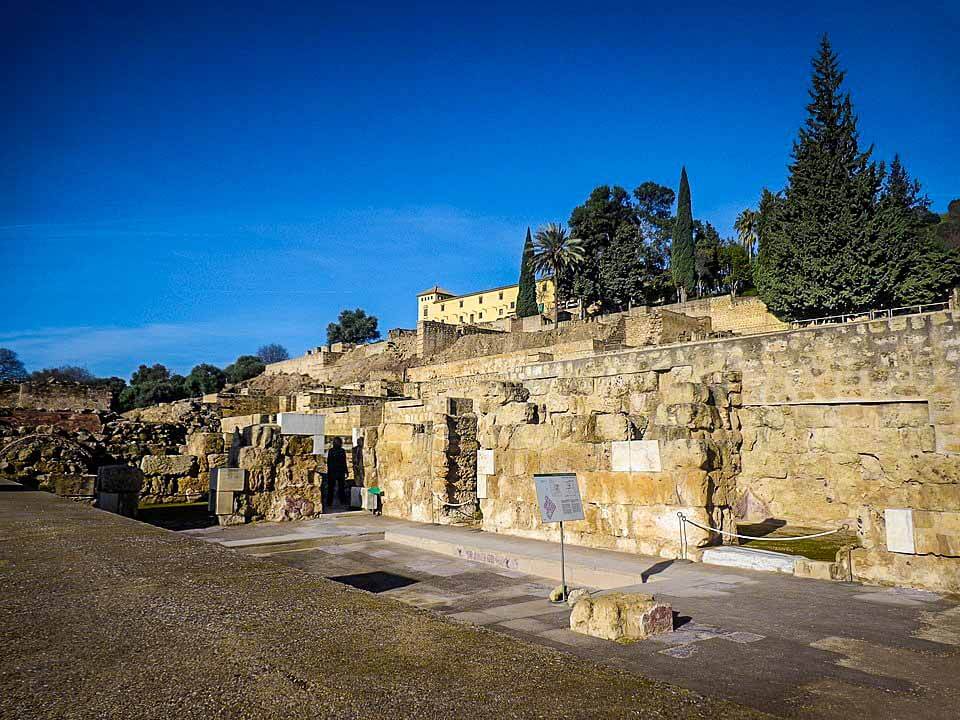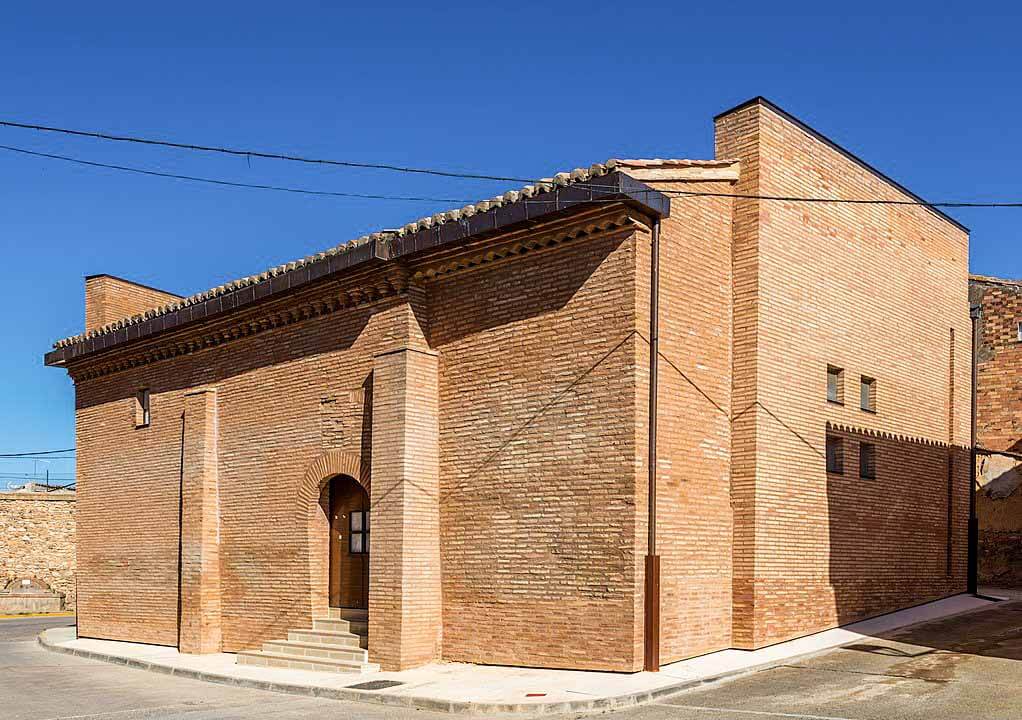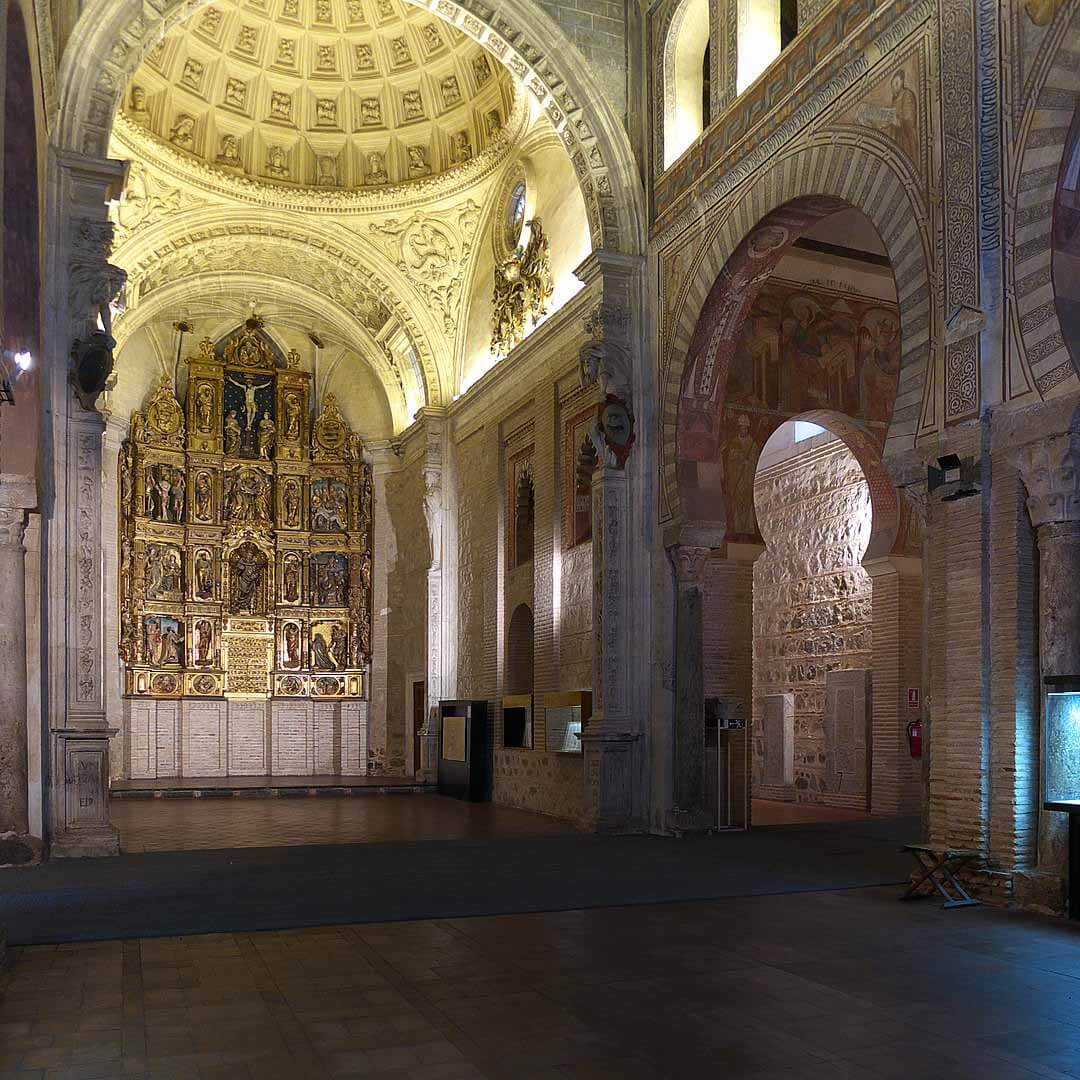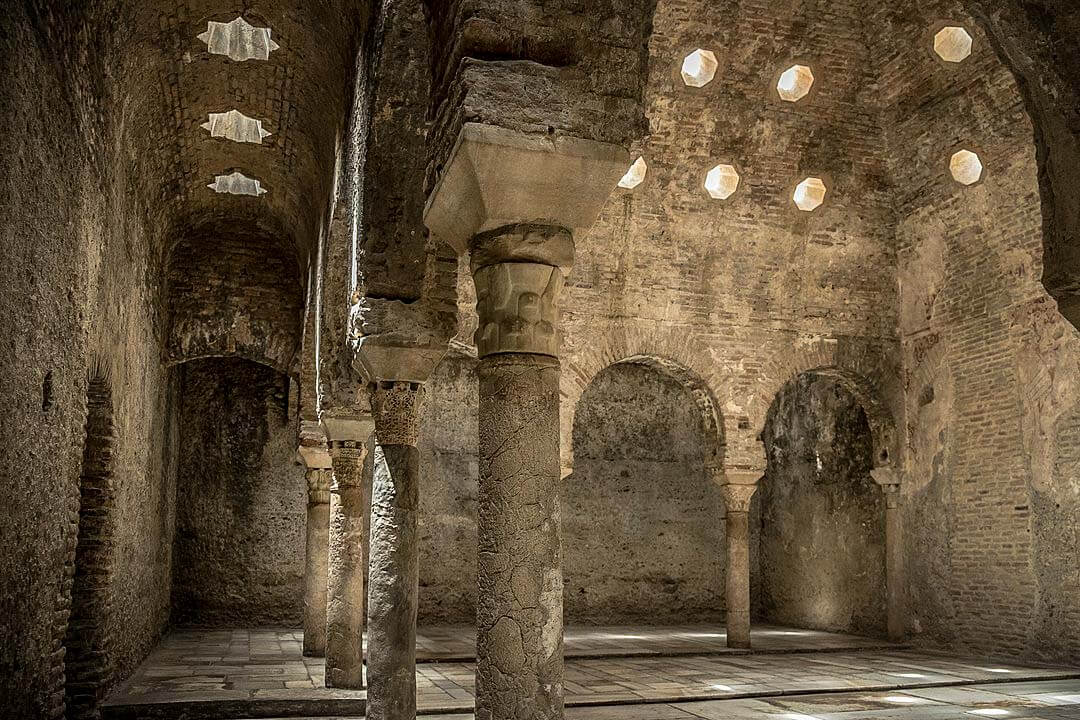Córdoba, Spain
Coordinates: 37.886065, -4.867643
Madinat az-Zahra (the shining city) is the ruins of a vast, fortified Andalus palace-city built by Abd-ar-Rahman III (912–961), the first Umayyad Caliph of Córdoba, and located on the western outskirts of Córdoba, Spain.
It was the de facto capital of al-Andalus as the heart of the administration and government was within its walls.
Built beginning in 936-940, the city included ceremonial reception halls, mosques, administrative and government offices, gardens, a mint, workshops, barracks, residences and baths. Water was supplied through aqueducts.
On July 1, 2018, the site was listed as a UNESCO World Heritage site with the inscription name “Caliphate City of Medina Azahara”
Only existed for only 70 years, it was sacked by angry unpaid soldiers in 1010 CE and left in ruins during a civil war that marked the end of the caliphate and the beginning of the second taifa period of Al-Andalus.
Legends
This palace complex was once so magnificent that courtiers from around Europe flocked to visit it.
According to one contemporary writer, foreign ambassadors were led on their horses from Cordoba under a double row of soldiers that stretched the full twelve kilometres between the city and the palaces, all holding their swords high to form an arch over their heads.
Once inside the palace complex, they were led (probably with some relief at having escaped the swords) past a mercury pool that shimmered with every breeze, then from one magnificent room to another, all filled with sumptuously dressed Moorish dignitaries, before finally meeting the Caliph.
Reason for Construction
The main reason for its construction was politico-ideological: the dignity of the Caliph required the establishment of a new city, a symbol of his power, imitating other Eastern Caliphates.
It was built in Córdoba because it had been the capital of the region (Betis) in Roman times; this made it easier for the Emirate and Caliphate of Cordoba to rule, while they existed, over al-Andalus.
Above all, it demonstrated his superiority over his great rivals, the Fatimids of Ifriqiya in Northern Africa, as well as the Abbasids in Baghdad.
The complex was extended during the reign of Abd ar-Rahman III’s son Al-Hakam II (r. 961–976), but after his death soon ceased to be the main residence of the Caliphs.
In 1010 it was sacked in a civil war, and thereafter abandoned, with many elements re-used elsewhere.
Its ruins were excavated starting from the 1910s. Only about 10 percent of the 112 hectares (0.43 sq mi) have been excavated and restored,
Name
Az-Zahra is the most common title for the daughter of Our Prophet Muhammad ﷺ Bibi Fatimah az-Zahra رضي الله عنها .
For that reason, the Fatimid dynasty of North Africa adorned many buildings and even towns with her name.
Her title az-Zahra (the brilliant) was given to the al-Az’har/al-Azhar University in Cairo in 968, built by the Fatimids.
The Umayyads’ ambitions in North Africa could well explain the usage of the name for the new city to rival the Fatimids’ influence there through Islamic/religious iconography.
Legend also says it was built as a tribute for the Caliph’s favorite wife: Az- zahara.
Palace area
The initial construction of the palace was very rapid: begun in 936 or 940, the mosque was completed in 941 and by 945 the caliph was in residence, moving in the mint by 947.
However, construction continued for decades, with many changes of plan and examples building-over previous buildings.
In 2020, archaeologists discovered a gateway, that marked the eastern entrance to the 10th-century palace, which was missing for more than a thousand years.
Gardens
There were at least three gardens in the city. A small garden, referred to as The Prince’s Garden, was located on the upper terrace. This garden was for the use of the nobility, the wealthy, and the powerful; those who frequented the palace itself.
Know This
It is not possible to drive to the Medina Azahara, but there is a large car park at the visitors centre, a short distance away, and buses from there to the site every 15 minutes.
The place is about 10-15 km outside Cordoba. You can come by car or a guided tour from Cordoba. If you come by car, park it at the car park and visit the intrepretation centre first.
There is also a 15 minute film and you also get to see the storage rooms.




